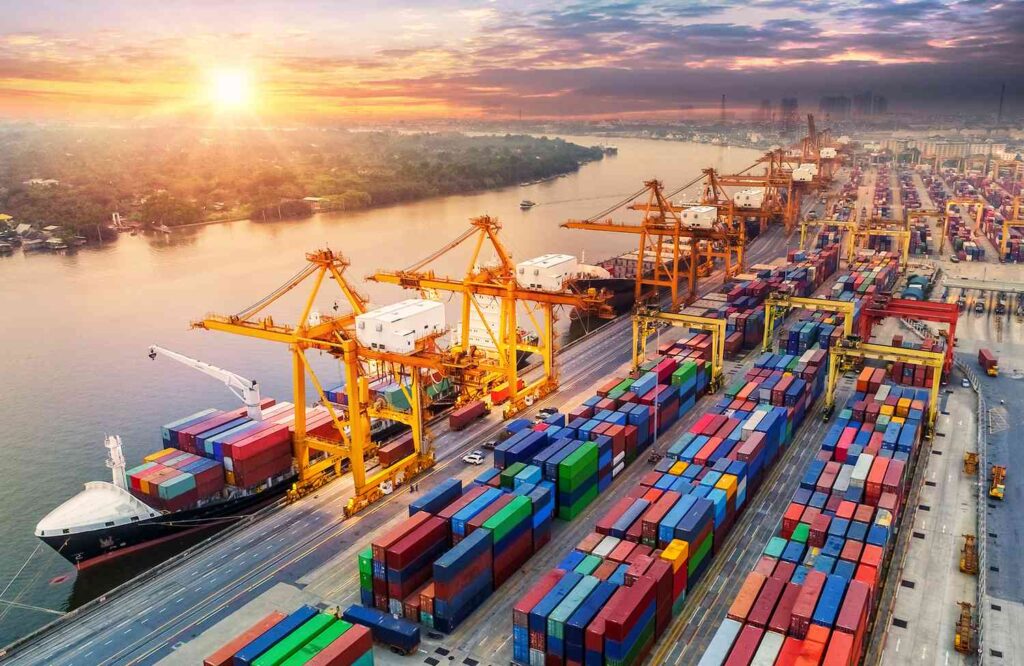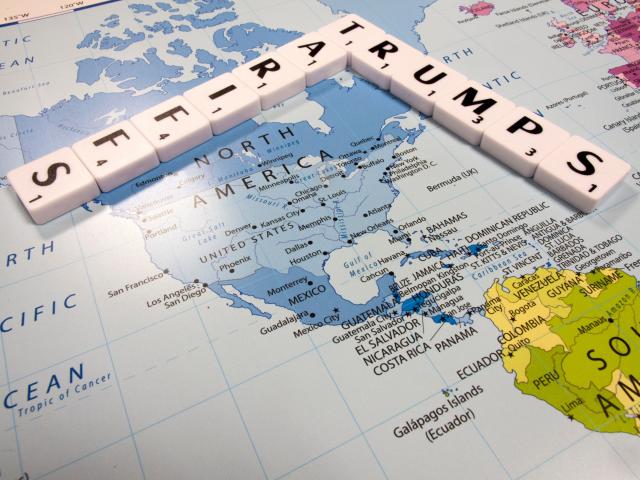Economic policies are the threads that weave the fabric of a nation’s prosperity. Throughout history, various tools have been employed to shape economies, and tariffs stand as one of the most impactful and controversial among them. Tariffs, essentially taxes on imported goods, have played a pivotal role in the economic policies of nations, influencing industries, politics, and international relations. Delving into history, we uncover the intricate dance between tariffs and economic transformations, offering insights into the past and present.
Origins and Early Use of Tariffs
The roots of tariffs can be traced back to ancient civilizations, where traders levied taxes on imported goods as a source of revenue for governments. These early tariffs served as both financial tools and protectionist measures, fostering domestic industries by making foreign products more expensive. The Roman Empire, for instance, imposed customs duties on various goods transported along its extensive trade routes.
Fast-forward to the Middle Ages, and we find European cities and states employing tariffs to bolster their economies. The Hanseatic League, a powerful trade alliance, utilized tariffs strategically to safeguard its member cities’ economic interests and exert influence over trade routes in Northern Europe. These early instances showcase tariffs as instruments of power projection and economic control.
The Colonial Era and Mercantilism
The colonial era marked a pivotal juncture in the evolution of tariffs. European powers utilized tariffs to impose mercantilist policies, aiming to accumulate wealth through a favorable balance of trade. Colonies were often treated as sources of raw materials, while the mother countries reaped the benefits by adding value through manufacturing and exporting finished goods.
For instance, the Navigation Acts enacted by Britain in the 17th century mandated that certain goods from the colonies must only be shipped using British vessels. This not only secured Britain’s naval supremacy but also ensured that its merchants profited from the colonial trade. These protectionist measures fueled tensions and contributed to events like the American Revolution, as colonists resisted what they viewed as exploitative economic policies.
Industrialization and Protectionism
The advent of the Industrial Revolution brought about a new wave of economic transformation. As nations sought to nurture their fledgling industries, tariffs were wielded as tools of protectionism. The United States, in the early 19th century, implemented tariffs to shield its growing industrial base from foreign competition. The Tariff of 1816, America’s first protective tariff, aimed to bolster domestic manufacturing, a goal that would resurface throughout the country’s history.
Across the Atlantic, Germany provides another fascinating case study. In the late 19th century, Germany, newly unified, adopted tariffs as part of its broader strategy to foster domestic industries and establish a strong economic foundation. These policies contributed to Germany’s emergence as an industrial powerhouse, challenging Britain’s economic supremacy.
The Great Depression and Trade Wars
The 20th century brought both global economic turmoil and tariff-driven trade wars. The Great Depression of the 1930s prompted many nations to resort to protectionism, worsening the economic crisis. The United States, under the Smoot-Hawley Tariff Act of 1930, raised tariffs to unprecedented levels, aiming to shield domestic industries. However, this move ignited retaliatory measures from other countries, leading to reduced international trade and exacerbating the economic downturn.

Tariffs in the Modern World
In contemporary times, the role of tariffs has evolved amidst complex global dynamics. While the General Agreement on Tariffs and Trade (GATT) and its successor, the World Trade Organization (WTO), have aimed to reduce tariffs and promote free trade, protectionist tendencies persist. Nations often deploy tariffs strategically, not only for economic reasons but also as geopolitical tools.
The ongoing trade disputes between the United States and China provide a prime example. The two economic giants have engaged in tit-for-tat tariff escalations, driven by concerns over intellectual property theft, market access, and technological dominance. These trade tensions reflect how tariffs remain intertwined with broader geopolitical considerations.
Conclusion
The historical analysis of tariffs reveals a multifaceted narrative of economic policies, power struggles, and transformations. From their ancient origins as revenue sources to their role in shaping modern economies, tariffs have left an indelible mark on the world stage. They have been tools of protectionism, instruments of power projection, and triggers of international conflict. Please take a moment to visit their news page to find additional tips and ideas about tariffs in shaping economic policies.
As we navigate the complexities of a globalized world, understanding the historical role of tariffs is crucial. The lessons from history remind us that while tariffs can serve as powerful levers for economic change, they also carry the potential for unintended consequences. Striking a delicate balance between protecting domestic industries and fostering international cooperation remains a challenge for policymakers, echoing the age-old tension between national interests and global interdependence.




